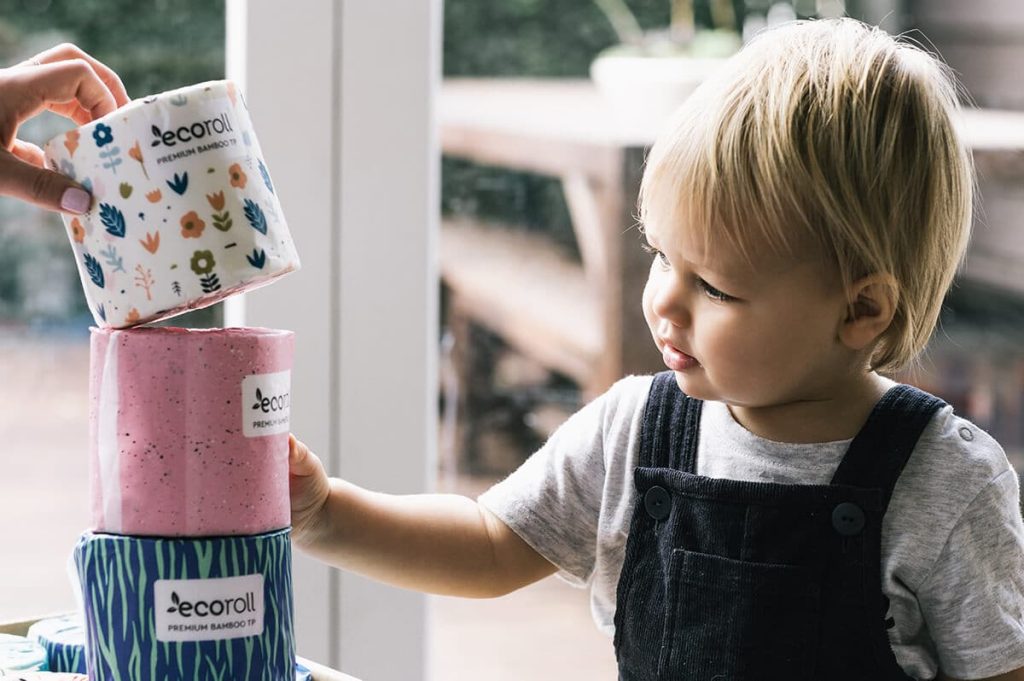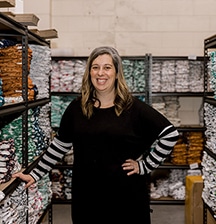
Toileting a young child can be fraught with difficulty – or not, depending on the child and their developmental stage. So what’s the difference between toilet learning and toilet training?
the case for toilet learning
The “toilet learning” school of thought advises parents not to actively toilet train their child. Instead, they suggest setting up an environment in which your child can learn. Think of this as a process of discovery that unfolds over time. If the learning conditions are favourable and driven by the child, the transition from nappies to toilet becomes simple and trouble-free.
Using the toilet is a natural activity. We’ve all mastered it, and so have billions of people before us. Your child will get there, too. So how do you set up the learning environment? The Dr Sears Wellness Institute has a few pointers:
- Talk about it. When you go to the toilet, explain what you’re doing and compare it to the way your child uses nappies. You may want to do a visual demonstration and dump the contents of the nappy into the potty, then transfer it into the toilet and ask your child to flush.
- Work together. Your job is to offer guidance and patience. You can lead your child to the toilet, but you can’t make her go.
- No hurry, no stress. It’s okay if your toddler still uses nappies when all his friends are in pants. Don’t equate toilet skills with good parenting or intelligence. Your child will be ready when she’s ready.
- See toilet learning as an exciting adventure; an initiation into being a “big kid”.
- Recognise how complex going to the toilet is: Knowing when to go for number ones and when for number twos, running to the bathroom, pulling down pants, climbing on to the seat of the toilet or squatting onto the potty, then relaxing the muscles to do the deed.
- Children learn by imitation. Show them what to do. This is the one place where gender does matter; for example, putting a target like a Fruit Loop into the toilet bowl helps boys to get their aim right.
the case for toilet training
You may need to toilet-train because of circumstances, or because that’s your parenting philosophy. These handy tricks should see you through:
- As with toilet learning, start by talking about toilet training. Read books and help your child’s doll or teddy go on the potty for a few days.
- Organise potty training sessions at home. For a few hours every morning and afternoon, let your child play as usual, but every 15 minutes, put him on the potty fully clothed. The goal is simply to present the idea of sitting on the potty.
- After a few days, progress a step. Let your child eat and drink as usual, then remove her nappy and let her go around naked from the waist down. Because she’s not wearing a nappy or pants, she’ll have nowhere to put her wees or poos. When you see her searching for a place, put her on the potty. At the end of a session, revert back to a diaper or pull-up and go on with your day.
- Reward success with verbal praise, stickers, stamps, a potty chart, or anything else you’re comfortable with.
- Make a fuss: tell the grandparents, the rabbit, Santa, and the other siblings.
- Support your child through any accidents. Don’t make a big deal of them, tell him that these things happen, and continue to offer your attention and encouragement.
- Alert the teacher at daycare that you’re actively potty training. When you think your child is ready to try going it nappy-free, ask the teacher to keep reminding her to go regularly.
- It’s a good idea to carry a potty to any outings like shopping or the zoo. Pack plastic bags and at least three changes of clothes.
- If you’re keen to schedule toilet training, the warm summer months generally work better, because your child can train outside (think: no mopping up!). Also, it’s easier to let them go around naked while training. Finally, there are fewer layers of clothes to wash in case of any mishaps.
- When training to stay dry at night, limit drinks for at least an hour before bedtime. Wake up your child three to four hours after they’ve gone to bed, and let her sit on the toilet. Use a waterproof bed sheet, ideally one that you can just whip off the bed in case of a mishap. This skill often comes later than daytime training, so you might want to focus on one at a time.
bedwetting
It’s not your child’s fault. Keeping dry at night is the last stage, because:
- Night-time communication between the sleeping brain and the bladder is a biological development that cannot be accelerated.
- The bladder may not be large enough, or is too sensitive.
- The child may be a deep sleeper.
- The body hasn’t learned yet how to produce less urine at night (a hormone issue).
- Most of the causes will disappear as the child grows.
- In the meantime, pull-ups are a useful solution, paired with a mattress protector.
- Consider getting a bedwetting alarm to train the child to wake up as soon as they start to urinate.
- If your child is usually dry at night, but has an accident once every few months, that’s an isolated episode. It’s only bedwetting if it’s every couple of weeks.
- Talk to your GP if your child’s been dry at night for months, and has suddenly reverted to bedwetting.
real-life stories
- “I am a convert to the ‘let them learn’ school of thought. With our first child, we were keen to get her toilet trained as soon as her peers started, and it took seven months. So with our second, we waited until he complained about having to wear nappies, and it took him one week to train for number ones and number twos, as well as for day and night, all at the same time. In the end, both children were exactly two years and eight months by the time they were toilet-savvy.”
- “Our daughter expressed an interest in toilet training shortly after her second birthday, but it still took almost a year before we had no accidents. I’m guessing sometimes they are ready psychologically, but not physically. We dealt with it by rewarding every dry stretch and by not worrying about accidents, even when there were more wet days than dry days.”
- “Our younger daughter trained herself to wee in the toilet, but refused to poo there for another year-and-a-half. She would walk around nappy-free, but would insist on a nappy to poo. We purposely took longer and longer to find a nappy and prepare a changing surface. One day, she was impatient to get back to a friend’s birthday party, and so finally she just went in the toilet, and has done ever since.”
[byline]
By Yvonne Eve Walus
[/byline]








